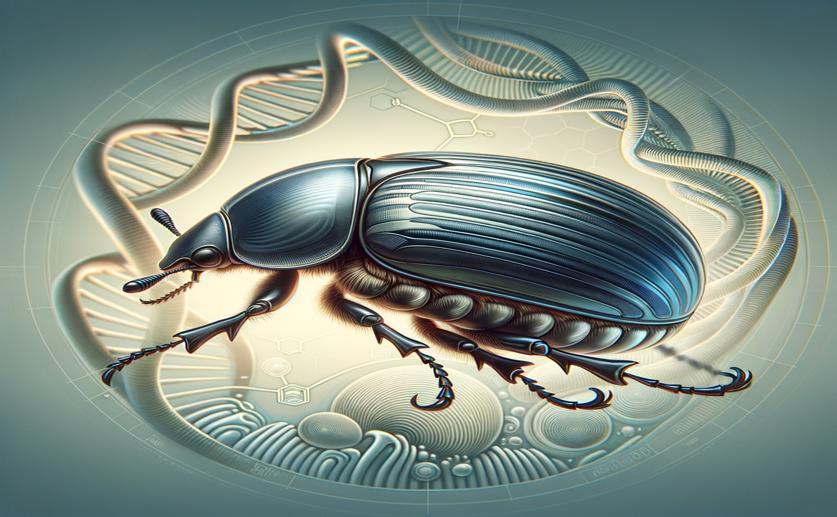
Understanding the Genetic Evolution of Essential Fatty Acid Proteins in Beetles
Greg Howard
3rd August, 2024

Image Source: Natural Science News, 2024
Key Findings
- The study identified 15 ELO proteins in the Cyrtotrachelus buqueti genome, located on four chromosomes
- Specific ELO genes are crucial for the synthesis of very long chain fatty acids at different life stages of the beetle
- Certain ELO genes help the beetle respond to temperature stress and adapt to feeding conditions
GeneticsAnimal ScienceEvolution
References
Main Study
1) Genome-wide identification and molecular evolution of elongation family of very long chain fatty acids proteins in Cyrtotrachelus buqueti
Published 2nd August, 2024
https://doi.org/10.1186/s12864-024-10658-8
Related Studies
2) Bioinformatic and biochemical analysis of the key binding sites of the pheromone binding protein of Cyrtotrachelus buqueti Guerin-Meneville (Coleoptera: Curculionidea).
3) Mathematical model and nanoindentation properties of the claws of Cyrtotrachelus buqueti Guer (Coleoptera: Curculionidae).
4) Wing-kinematics measurement and flight modelling of the bamboo weevil C. buqueti.



 12th July, 2024 | Jim Crocker
12th July, 2024 | Jim Crocker